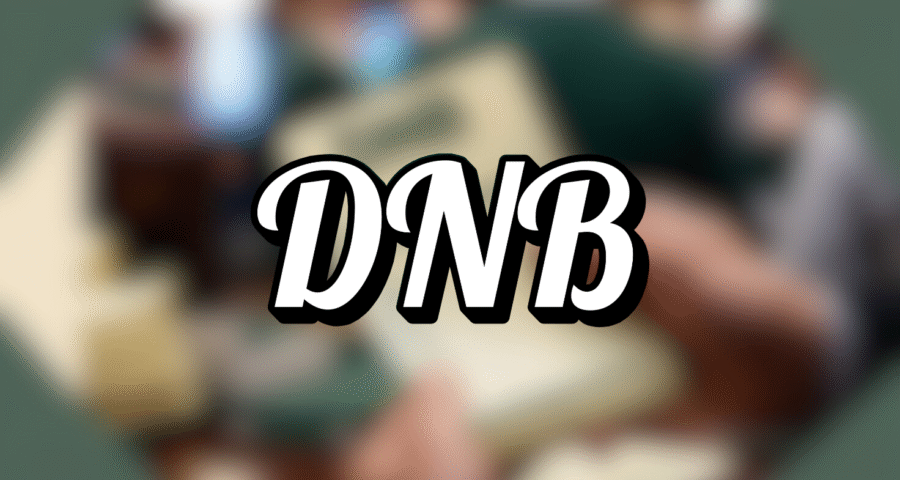
What is dnb in betting?
Draw No Bet (DNB) is a popular betting market that removes the possibility of a draw from the wager. If the match ends in a draw, your bet stake is returned, offering bettors a safer betting option compared to traditional win-draw-win wagers.
Draw No Bet Explained
While advanced bettors might enjoy experimenting with complex betting strategies, many prefer straightforward bets that simply pick a winner. However, betting outcomes become complicated when there is a possibility of a draw, which can disrupt the odds and increase uncertainty.
To simplify this situation, the Draw No Bet market is designed specifically for punters who prefer eliminating the uncertainty of a draw. With DNB, if your selected team wins, your bet wins. If your team loses, your bet loses. Crucially, if the match ends in a draw, your stake is refunded, meaning neither a loss nor a gain.
How Does Draw No Bet Work?
Draw No Bet works by focusing only on two outcomes: a home win or an away win. The draw result is effectively ignored, making this betting option much clearer and reducing the risk of losing due to a draw.
For instance, in a typical 1X2 bet (win-draw-win), you can lose if your team doesn’t win outright. With DNB, your bet is safer, as the draw result cancels the wager and your stake is returned.
Draw No Bet Example
Consider a football match between Arsenal and Chelsea. The odds for Arsenal (home win) might be 2.00, and for Chelsea (away win), 2.50, in a Draw No Bet market.
-
If you bet on Arsenal and Arsenal wins, you win your bet.
-
If Chelsea wins, you lose your bet.
-
If the match is a draw, your stake is returned.
This simplifies your betting decisions by removing the draw factor completely.
When to Use DNB?
Matches Likely to End in a Draw
DNB is especially effective in evenly matched games where the odds of a draw are high. Removing the draw risk makes it safer to back either side confidently.
Betting on the Underdog
Using DNB allows punters to back an underdog without risking losing their stake if the match ends in a draw. It gives bettors greater confidence to bet on less favored teams that may pull off a surprise win.
Live Betting on a Losing Favorite
When betting live, if the favorite is trailing but you still believe they can win, a Draw No Bet wager minimizes your risk in case they only manage to achieve a draw.
Pros and Cons of Draw No Bet Wagers
What are the most common Pros and Cons of DNB?
Pros of DNB
-
Reduced risk: Your stake is protected in the event of a draw.
-
Clarity: Only two possible outcomes, making decisions simpler.
-
Ideal for cautious bettors who prefer safer wagering options.
Cons of DNB
-
Lower odds: Because of reduced risk, odds are generally lower than standard bets.
-
Limited returns compared to outright win bets due to safety net provided by the refunded stake.
Alternatives to Draw No Bet
What are alternatives names for Draw No Bet?
Double Chance Betting
Double chance allows you to cover two possible outcomes: team win or draw. Although safer, it usually offers even lower odds compared to Draw No Bet.
Handicap 0.0
Handicap 0.0 betting functions similarly to DNB, where a draw also results in a refund of your stake. It’s effectively identical to DNB in most sportsbooks.
Summary
Draw No Bet (DNB) is a straightforward and popular betting choice for risk-averse bettors. It significantly reduces risk by eliminating the draw outcome, ensuring that your stake is returned if the match ends in a draw. Although offering lower odds than traditional win-draw-win betting, DNB is beneficial for bettors seeking to minimize losses and protect their stakes.
FAQ
Bellow you can find most common questions about Draw No Bet
How does Draw No Bet work?
With DNB, you bet on a team to win. If they win, you win your bet. If they lose, you lose your stake. If it ends in a draw, your stake is refunded.
What is a Draw No Bet example?
For example, if you bet on Team A to win against Team B, and the match ends in a draw, you don’t lose your stake; it’s returned to you.
How are Draw No Bet odds calculated?
DNB odds are typically calculated by removing the draw possibility from traditional win-draw-win markets, usually resulting in lower but safer odds.